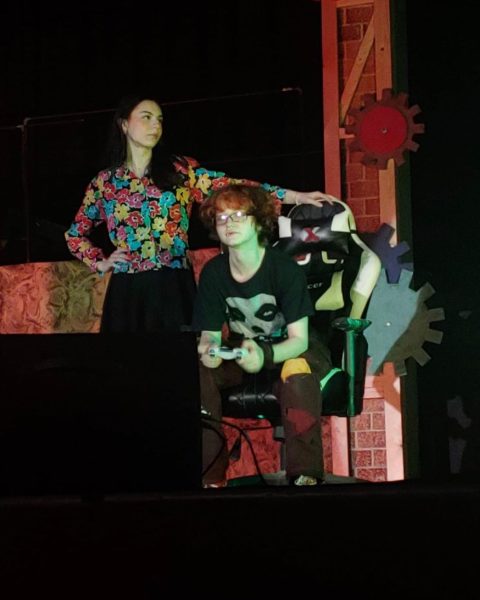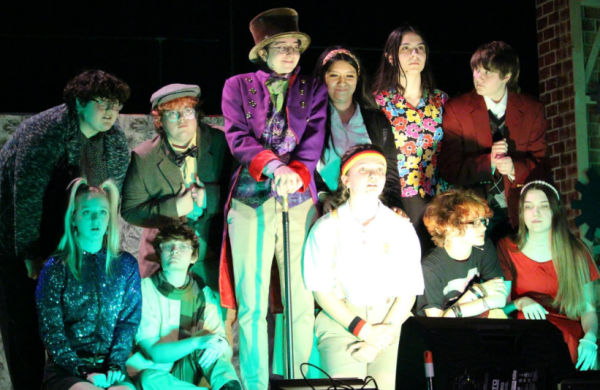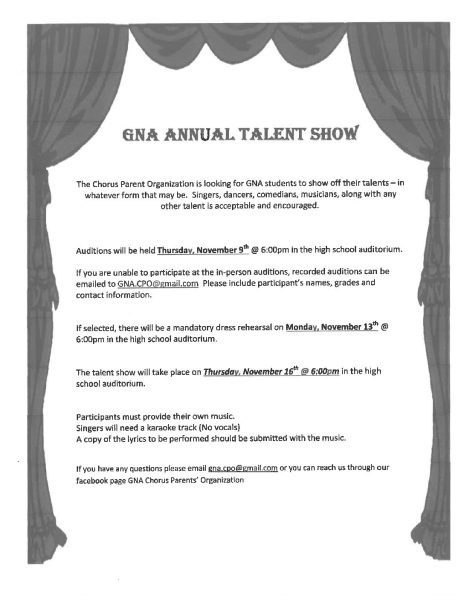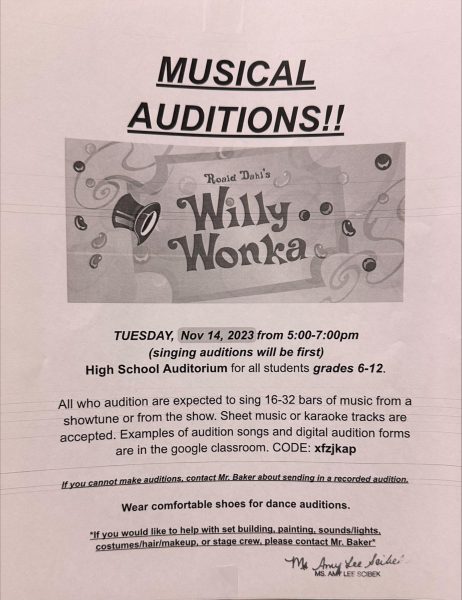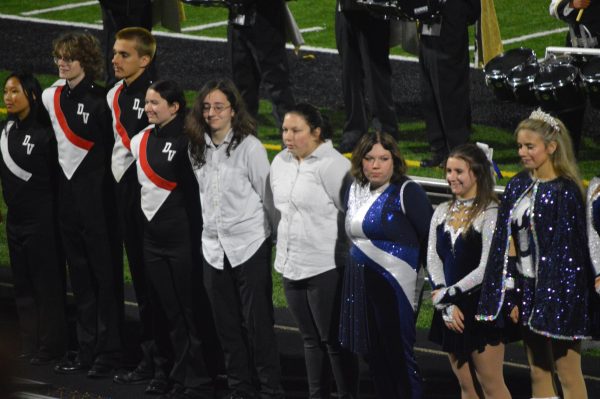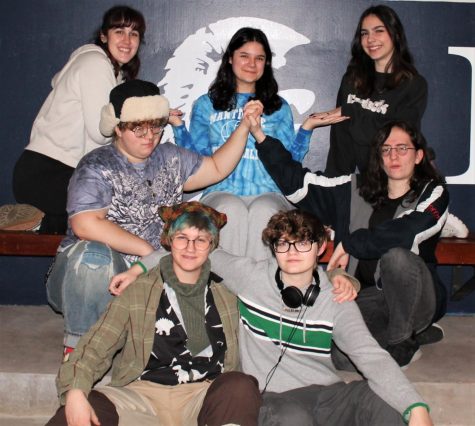Mysteries of art
In times past, when people were forbidden to express their opinion or beliefs publicly, or it was considered rude to let your true feelings be known, painting or sculpting was a suitable medium in which an artist could hide a message.
Some of the most spectacular and most beautiful pieces of art in existence have interesting pasts or hidden messages that make for interesting stories. Here are some of those stories:

Pictured above is construction of the Eiffel Tower in July, 1888. The Eiffel tower is one of the most beautiful structures in the world.
Originally, the Eiffel Tower was only suppose to be standing for 20 years. It was built for the French Revolution and it showed off France’s industrial might. After the revolution, the tower was supposed to be used as a wireless telegraph transmitter, but it never was.
The French military used the Eiffel Tower’s wireless station to intercept enemy messages from Berlin during World War I.
There have been 349 suicides since the tower first opened in 1889, according to the Societe de la Tour Eiffel.
An obscure clause in European Union law states that the tower’s evening light display is “art work” — and therefore is copyrighted – so be careful when taking photos of this art work.

The Statue of Liberty was originally modeled by a Muslim woman, but was altered to represent the goddess of freedom. The Statue’s original torch was erected in 1876. In 1984, it was replaced by a new copper torch covered in thin sheets of 24 karat gold leaf.
There are seven rays on the Statue of Liberty’s crown, one for each of the seven continents. Also, many people don’t realize that Lady Liberty was originally supposed to go to Egypt, but they called it ” to old fashion” and rejected the idea.

The Mona Lisa, created by Leonardo Da Vinci, has many unknown facts.
The name of the painting, Mona Lisa, was the result of a spelling error! The original name of the painting was Monna Lisa. Monna in Italian is a short form of Madonna, the meaning, ‘My Lady.’ A popular belief is that the woman behind the painting was Lisa Gherardini, who was 24-years-old and a mother of two sons.
The painting has an imperfection, though. In 1956, a man named Ugo Ungaza threw a stone at the painting. This resulted in a small patch of damaged paint next to her left elbow.
The painting, which currently hangs in the Louvre, has a room of its own. It is protected in a climate controlled environment and encased in bullet proof glass. The room was built exclusively for the painting and it cost the museum over seven million dollars!

The last supper painted by Leonardo Da Vinci. It’s permanent home is a convent in Milan, Italy.
Speculations about symbolism in the artwork are plentiful. Three early copies of the original exist. Da Vinci’s students made copies of his painting early in the 16th century. Giampietrino did a full-scale copy that is now in London’s Royal Academy of Arts.
According to a researcher, Leonardo Da Vinci left out the traditional ‘halos’ surrounding Jesus and his disciples in order to show that Jesus was a ‘common mortal,’ but many scholars have discussed the meaning of the spilled salt container near Judas’s elbow. Spilled salt could symbolize bad luck, loss, religion, or Jesus as salt of the earth.
Starry Night by Vincent van Gogh is one of the world’s most beloved and well-known works of art. In its creation and eventual success, there’s much more to this Starry Night than you might have known.
A mental breakdown in the winter of 1888, van Gogh checked himself in to the Saint-Paul-de-Mausole asylum near Saint-Rémy-de-Provence. The view became the basis of his most iconic work.
Van gogh considered The Starry Night a ” failure.”
Surveying the works that would become known as his Saint-Paul Asylum, Saint-Remy series, van Gogh wrote to Theo, “All in all the only things I consider a little good in it are the Wheatfield, the Mountain, the Orchard, the Olive trees with the blue hills and the Portrait and the Entrance to the quarry, and the rest says nothing to me.”
Following van Gogh’s death in 1890, Theo inherited all of his brother’s works. But when he died in the fall of 1891, his wife Johanna Gezina van Gogh-Bonger became the owner of Starry Night and scads of other paintings.

My name is Kimberly Smith, and I am a senior here at Greater Nanticoke Area High School. This is my third year writing for The GNA Insider. I moved from...



